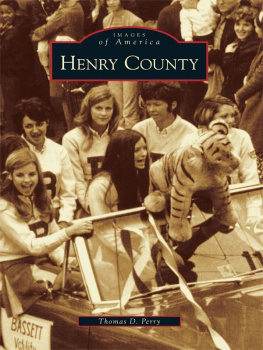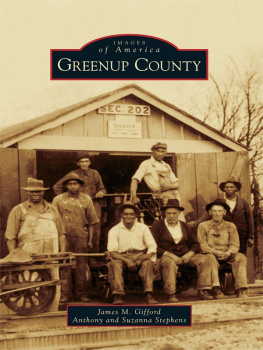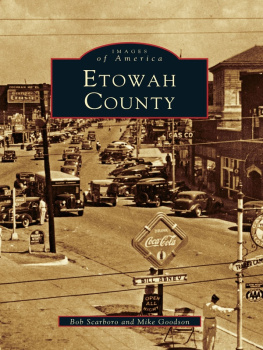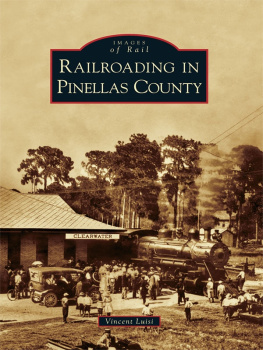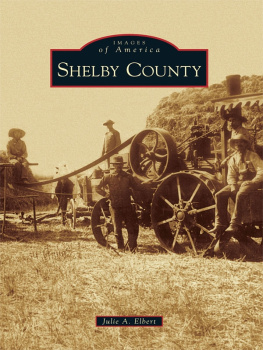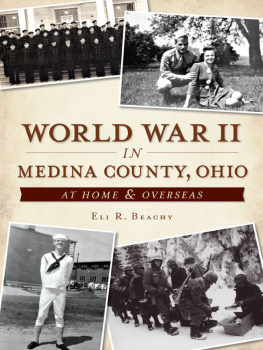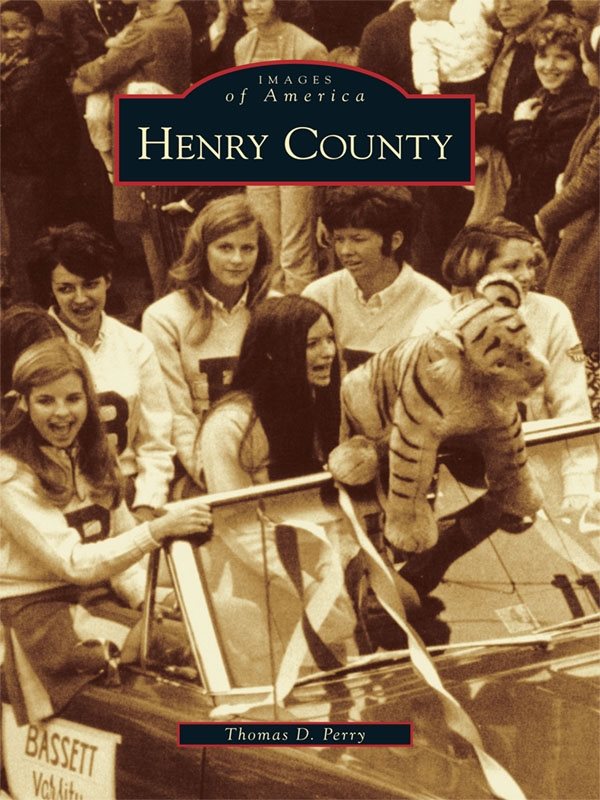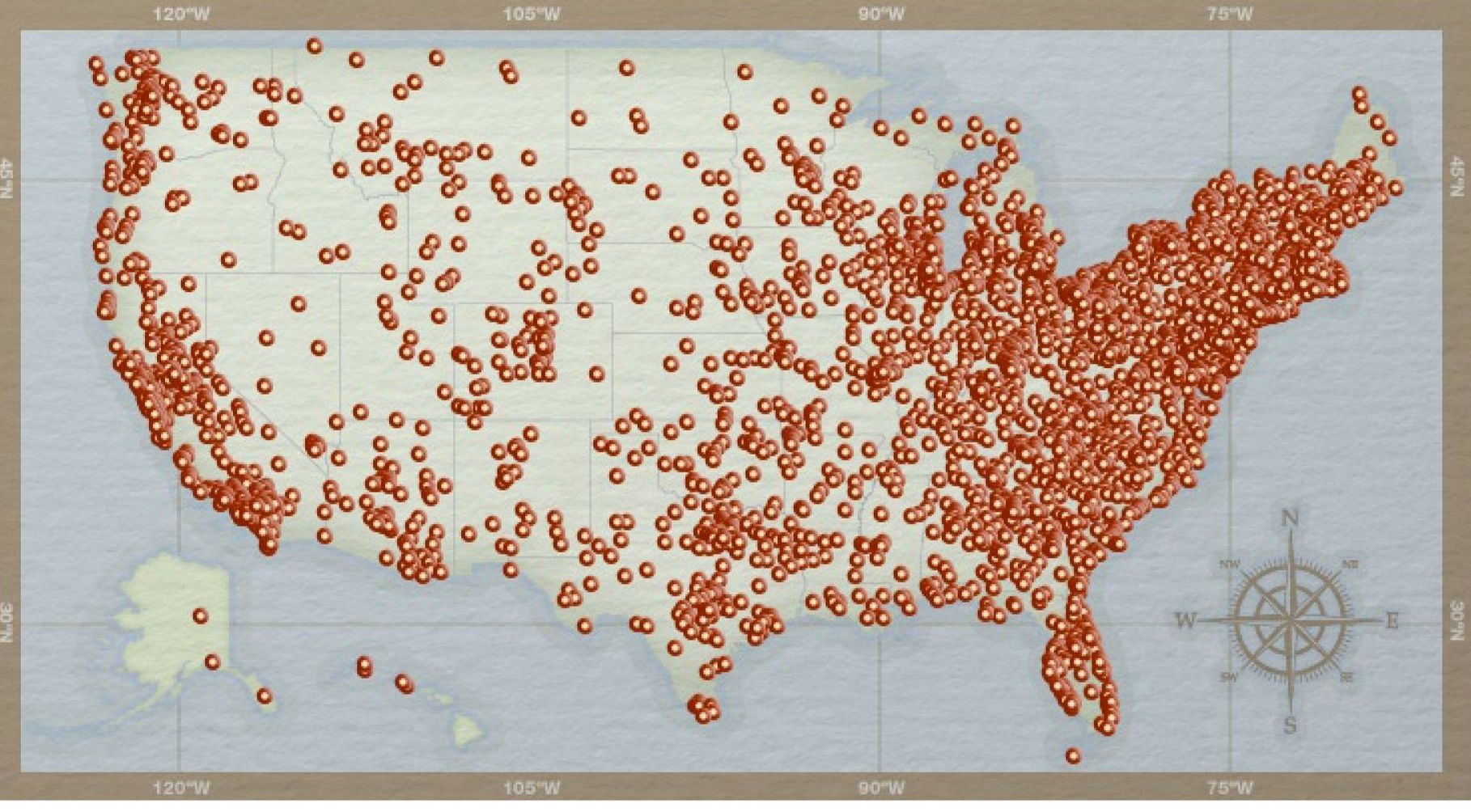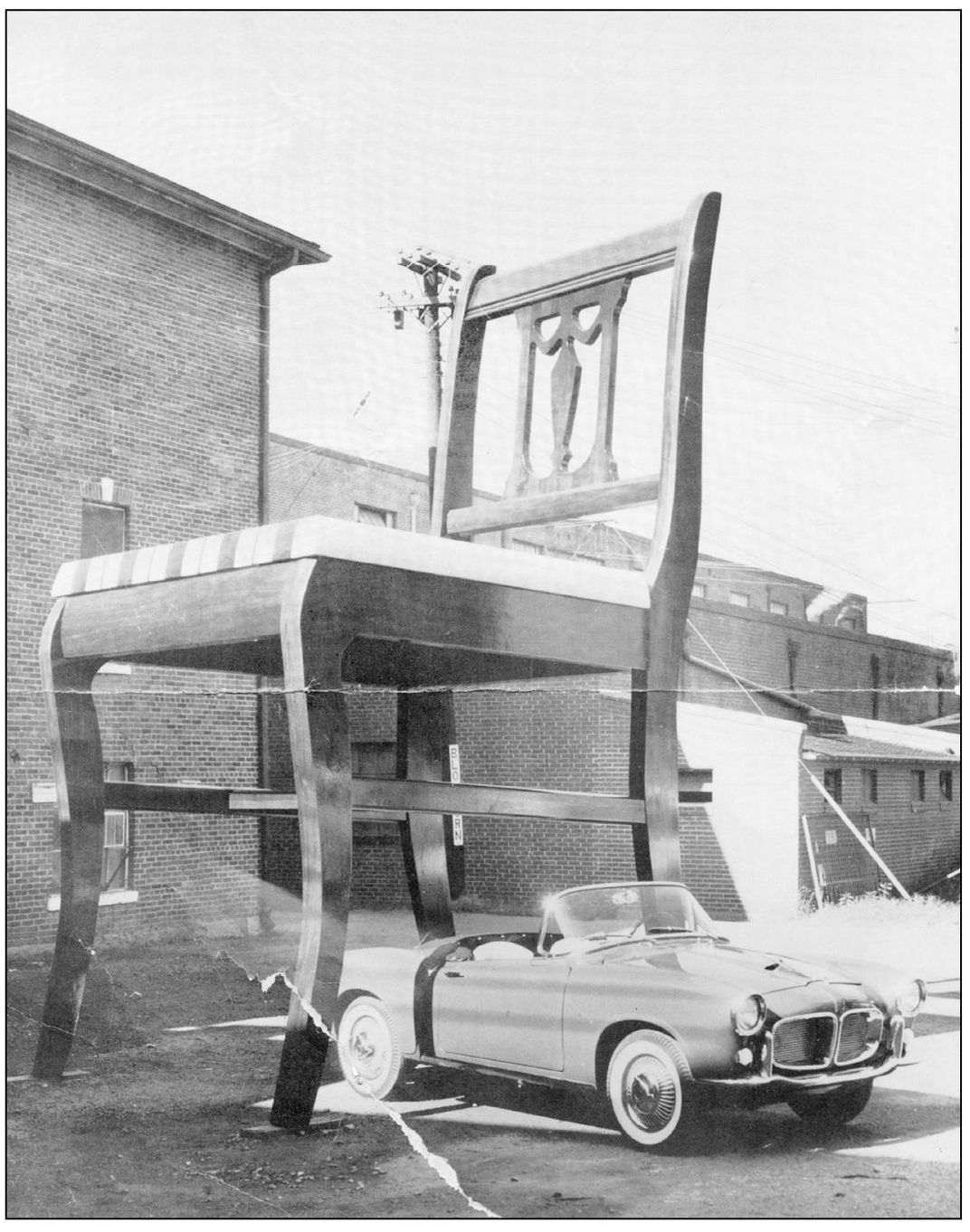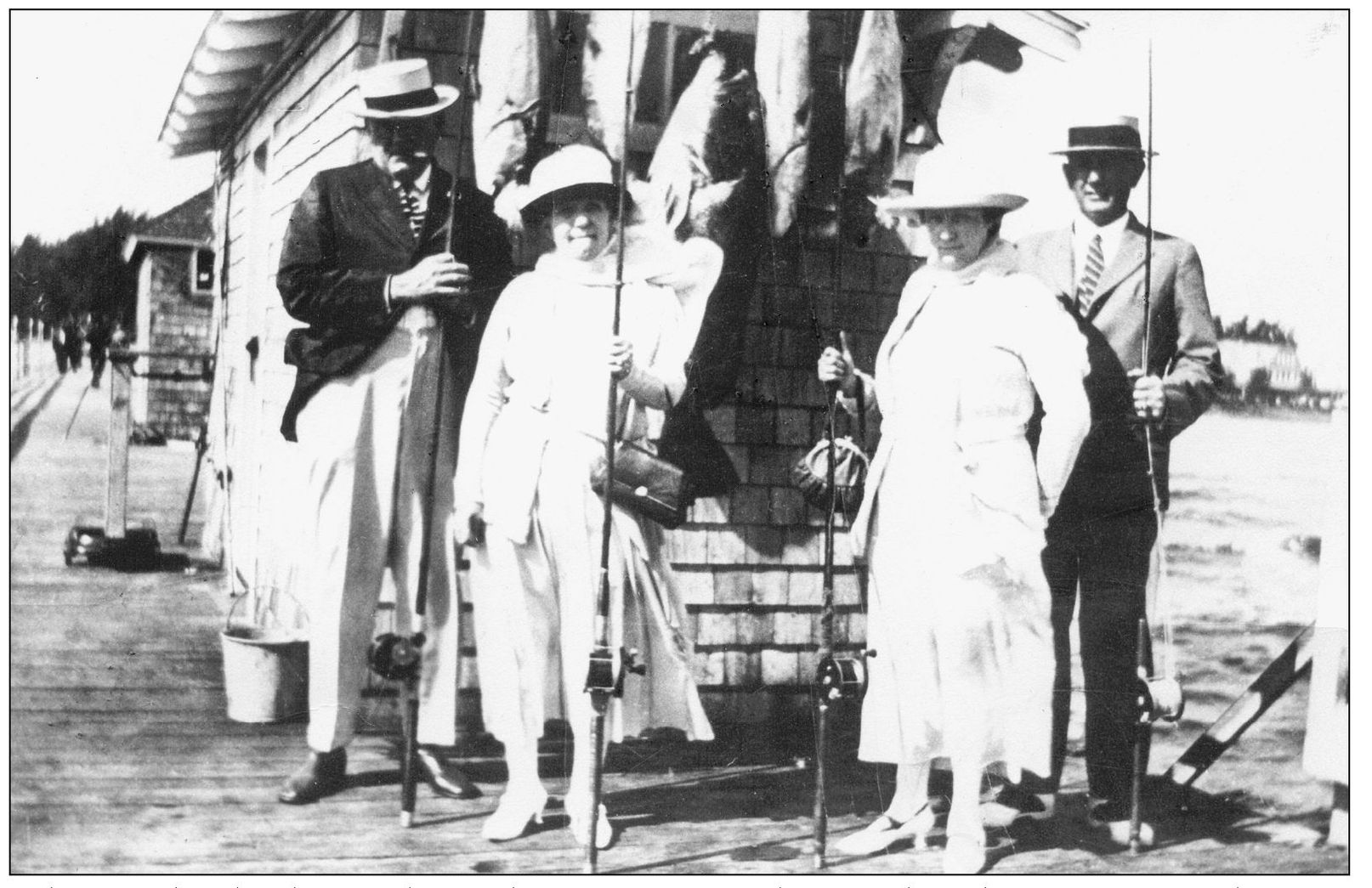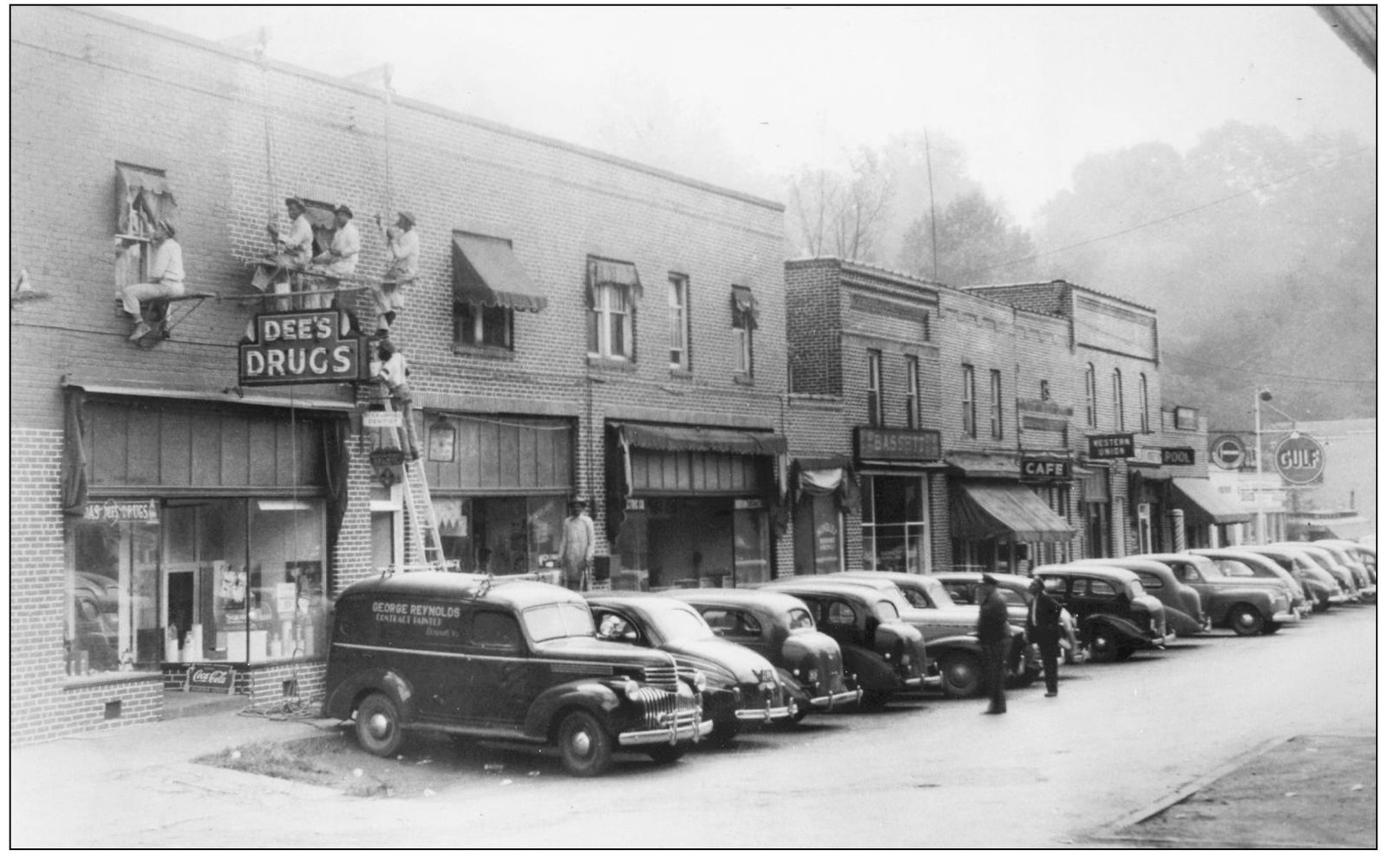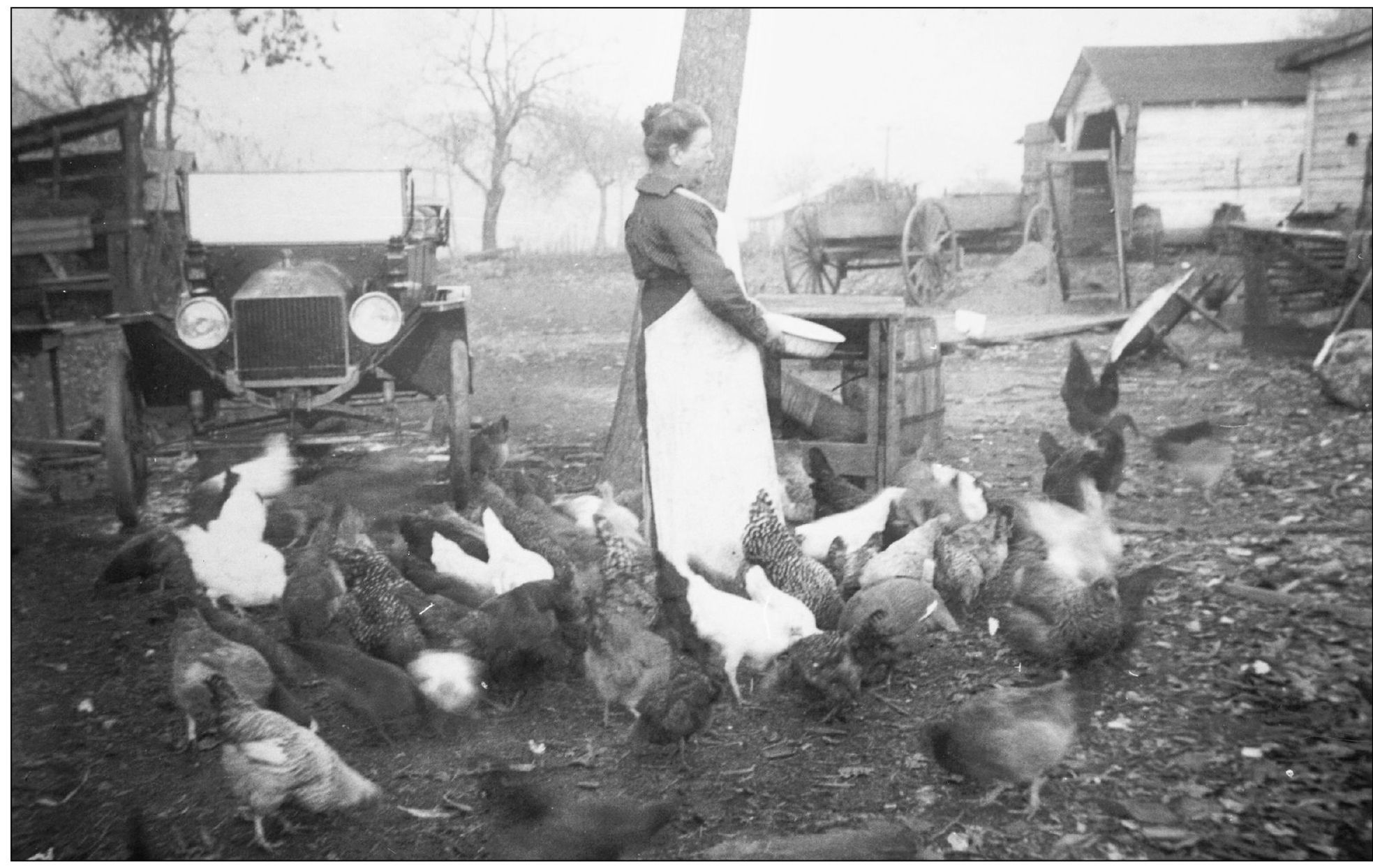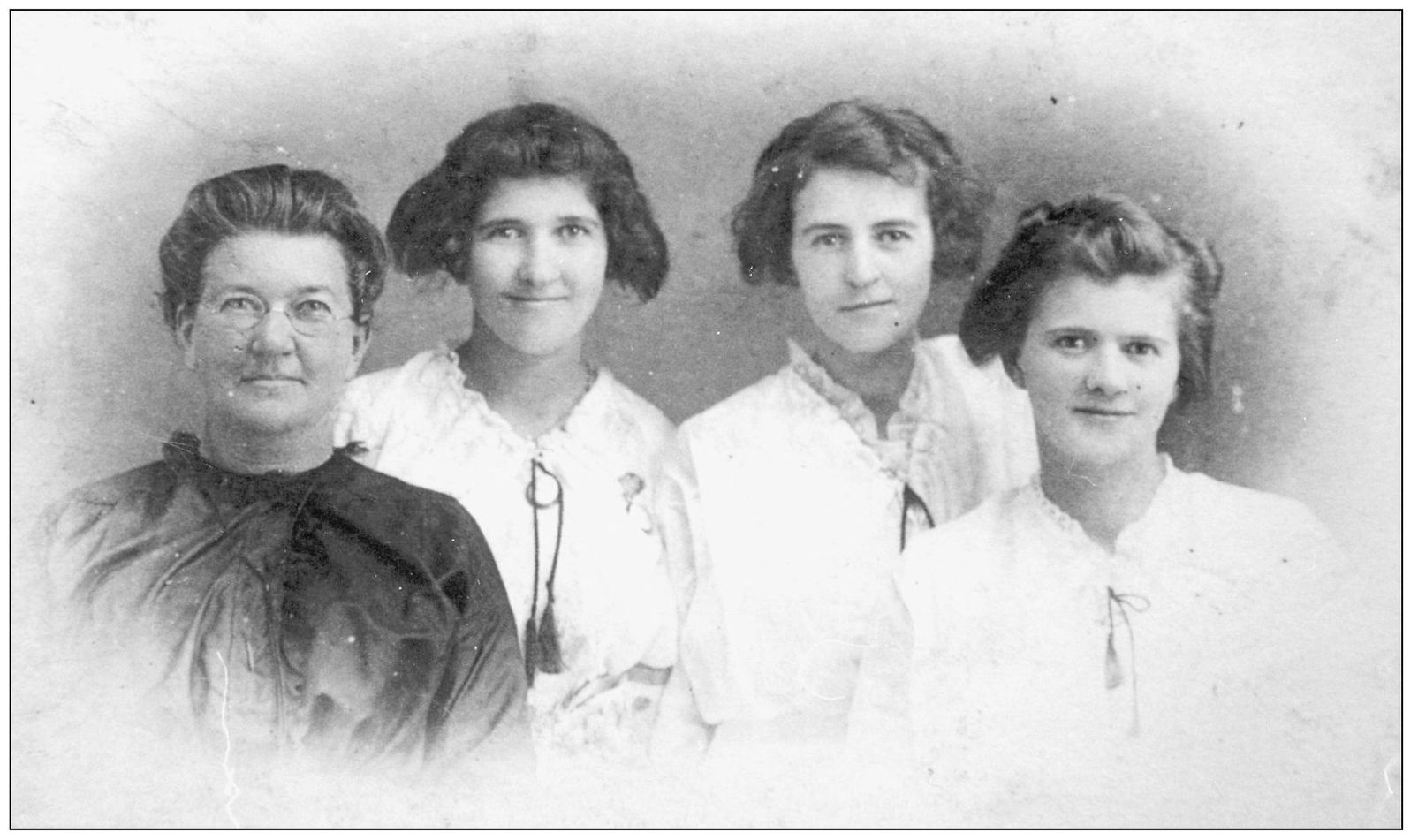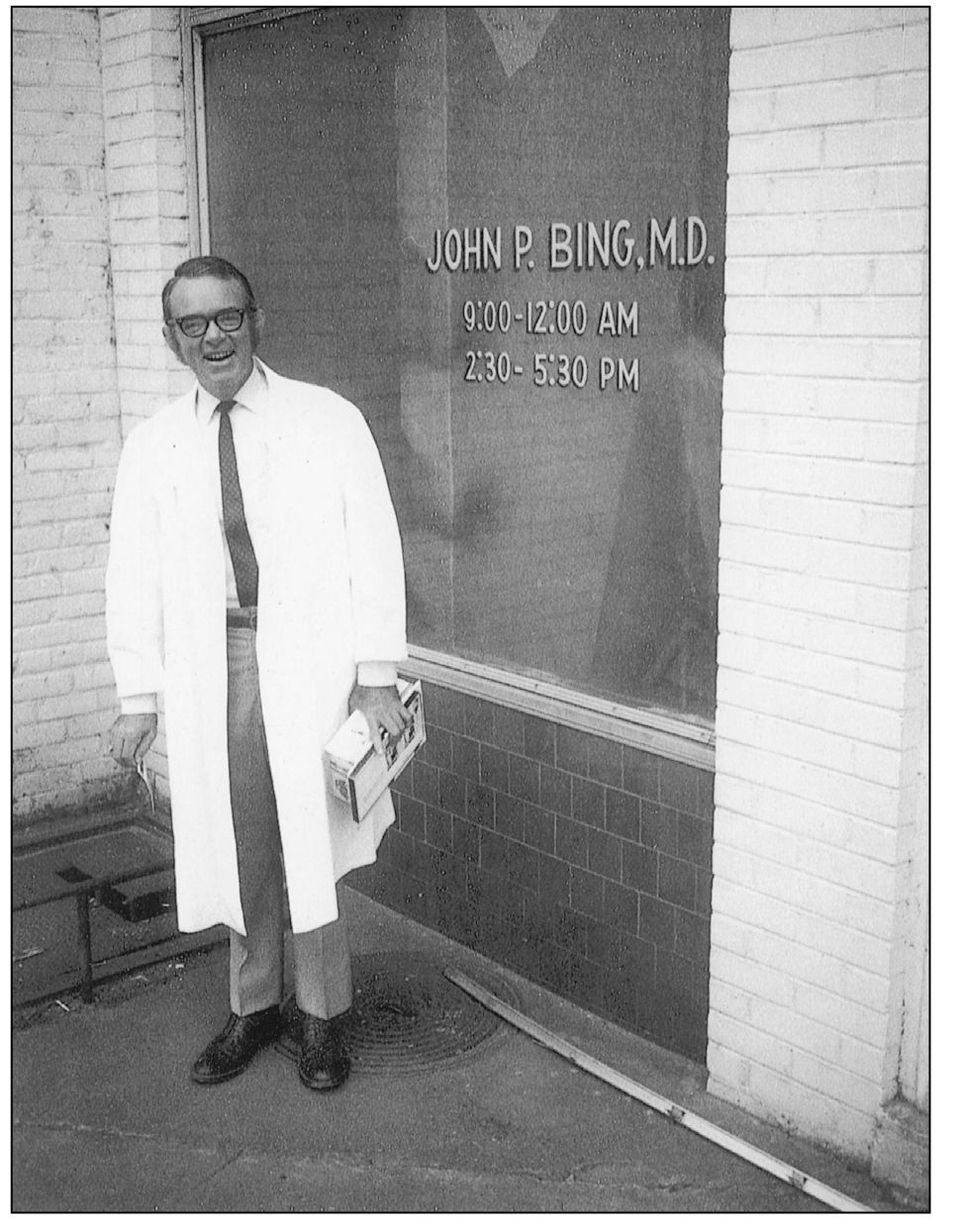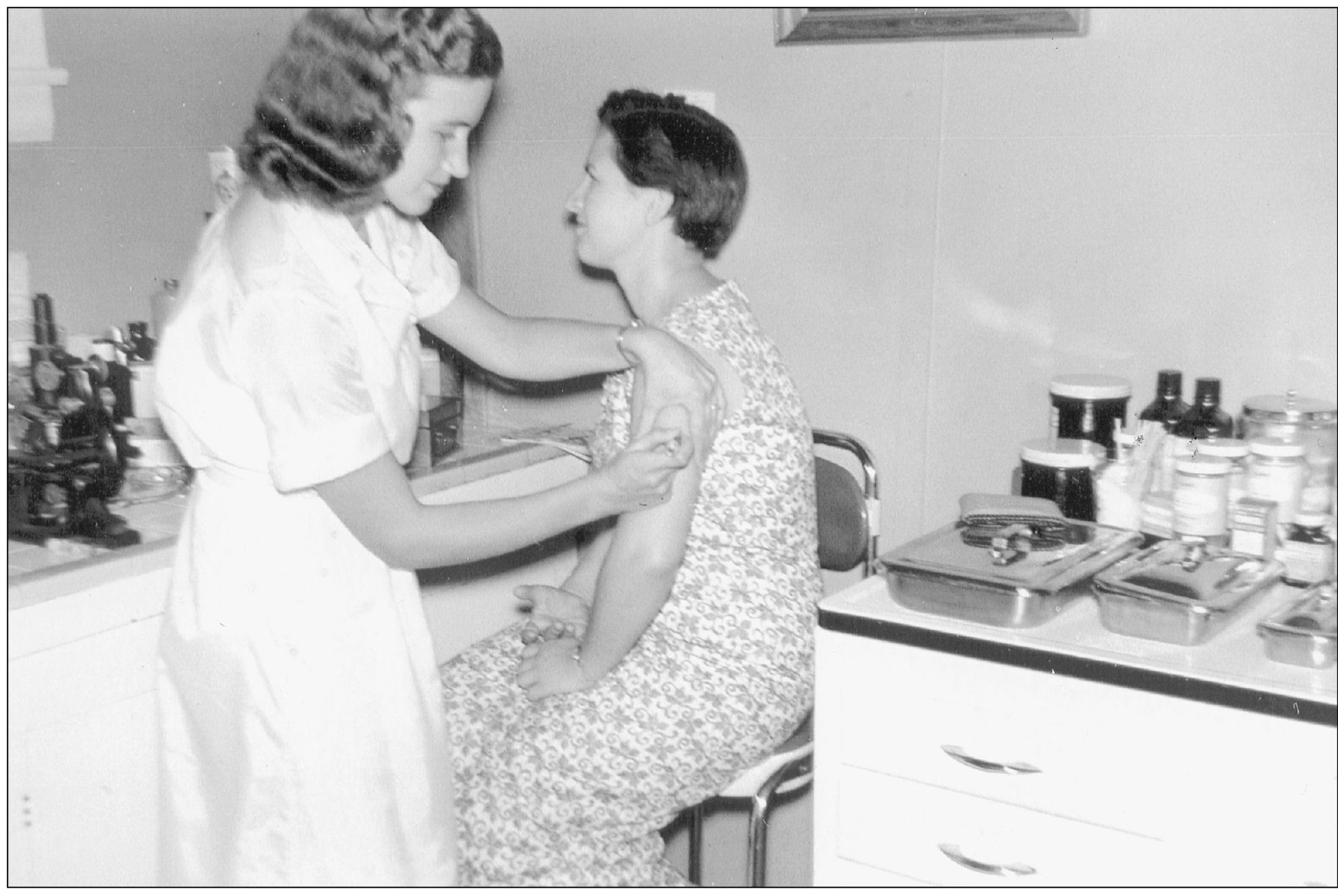ACKNOWLEDGMENTS
Thanks to Marie Ashworth, Douglas Belcher, Dr. John Bing, David Bowles, Jerry Brock, Marvin Bryson, Joel Cannaday, Barnie Carter, Galilee Clark, Posie Collins, Teddy Compton, Anne Copeland, Claudia Deans, David Dyer, Rebecca Dyer, Sam Eanes, Carolyn Eggleston, Jane Eggleston, Jesse and Joan Frith, Ross Gale, Cynthia Headen, Deborah Hodges, Pamela Hollandsworth, Darlene Isom, Bernard Joyce, Kenney Kirkman, Rachel Koontz, Beverly Millner, David Minter, Ronnie Payne, Elizabeth Price, Paul and Patricia Ross, Jean Shorter, Harold Smith, Lisa Smith, C. M. Stafford, Douglas Stegall, Glenda Stone, Julia Terry, Avis Turner, Vickie Helmstutler, Juanita Wells, Betsy Whitlow, Linda Willard, Beverly Yeager, and Bill Young for contributing photographs and text to this project. A special thanks to the staff of the Bassett Historical CenterAnne Copeland, Sam Eanes, Cynthia Headen, and Director Patricia Rossfor their assistance on this project. Collections used from the center include those of Martha Wells Clark, Virginia Stone Windle, and O. E. Pilson. Thanks for the patience that Brooksi Hudson, my editor on this book, showed in not giving up on this project.
THE BEST LITTLE LIBRARY IN VIRGINIA
From the Domesday Book of William the Conqueror written in 1085 England to the latest research on the Goblintown Grist Mill in Patrick County, there is only one regional resource that holds both, and that is the Bassett Historical Center of the Blue Ridge Regional Library, the best local history library in Virginia.
For years, the historical center was located in the back room of the regular library in the present building, but in 1998, the library moved across Highway 57 to a new facility, leaving the entire building on the banks of the Smith River to history and genealogy. Today the back room overlooking the river contains military and Native American materials. If one wants to find an ancestor in the Civil War, there is no better room to begin that search. All of the Virginia and North Carolina regimental series, along with the entire index of Confederate soldiers, are present, with many books and supplementary publications. One can work with large-screen computers as George Stoneman and Jubal Early peer down from pictures above. If one sits in the right place, one can look upon Sauratown Woman or a glance at the shelves to my favorite item, a brick from J. E. B. Stuarts birthplace, which I preserved.
People make a visit to the library worthwhile. The staff of the Blue Ridge Regional Librarys Bassett Historical Center will come through for visitors too. Over the years, in researching J. E. B. Stuart, I have traveled from West Point to Kansas and to many libraries. Many years ago, while reading The Hairstons, An American Family in Black and White , I came across a section on finding obscure material at the library. Intrigued, I began to visit the library, and I never cease to return to the banks of the Smith River, even though it is a drive of over 50 miles, because it is my library home. This book is my way of giving back to the library and the staff, as proceeds will go towards the expansion of the library. I encourage anyone with photographs to share their images for future publications to help the library. Anne Copeland summed up what any historical library should do: The amount of material we are able to share with the public only came about because so many people were willing to share with us.
Thomas D. Perry
Find more books like this at
www.imagesofamerica.com
Search for your hometown history, your old
stomping grounds, and even your favorite sports team.
One
BASSETT
Built by Bassett Furniture Company of mahogany from the Congo for Curtis Brothers Furniture, the Worlds Largest Chair sat at 2041 Nichols Avenue in Washington, D.C. Weighing 4,600 pounds, the chair was 19 feet high, 9 feet wide, and 12 feet deep and represented the furniture industry that was a vital part of the economy of Henry County. (Courtesy of Rachel Koontz.)
Fishing in the Florida Keys during the 1920s are, from left to right, John D. Bassett Sr.; his wife, Pocahontas; Charles C. Bassett; and his wife, Roxie. The Hundley sisters married the Bassett brothers. The brothers started Bassett Furniture Company with Reed L. Stone; the company has over 130 stores in North America today. (Courtesy of the Bassett Historical Center.)
Workers repair the Reed Stone Blocks brick facing and clean windows while a police officer and people watch after World War II. Stone and the Bassett brothers started the furniture company across the main street of the town. Today they are the only original stores still standing in this block. (Courtesy of the Bassett Historical Center.)
In this photograph, contrasting the changes in transportation with the coming of the automobile versus the farm wagon, is Mary Druscilla Grandma Sissie Bassett Ramsey (18621950). The wife of John W. Ramsey and the daughter of John Henry and Nancy Jane Spencer Bassett is doing her daily chores, including feeding chickens. (Courtesy of the Martha Jane Clark Collection of the Bassett Historical Center.)
From left to right, Mary Druscilla Bassett Ramsey is pictured with her three daughters, Mary Wootsie R. Giles, Lucy Belle R. Joyce, and Nannie Laura R. Helms, around 1915. With the United States just a few years away from entering World War I and the coming of the industrial revolution in the form of furniture and textiles, this image reflects a more bucolic time in Henry County. (Courtesy of the Martha Jane Clark Collection of the Bassett Historical Center.)
Dr. John P. Bing, shown outside his Bassett office in 1969, worked tirelessly collecting photographs. He called, cajoled, and brought photographs to the Bassett Historical Center to give the author over 1,700 images from which to choose the 200 photographs representing Henry County in this book. (Courtesy of John Bing.)
Registered nurse Marie Haynes Ashworth gives a shot to a patient in the office of Dr. John P. Bing in 1959. The office, in front of the Bassett Furniture Headquarters, was the site of Bings practice for 20 years beginning in 1955. Marie worked there for one year. (Courtesy of Marie Ashworth.)

